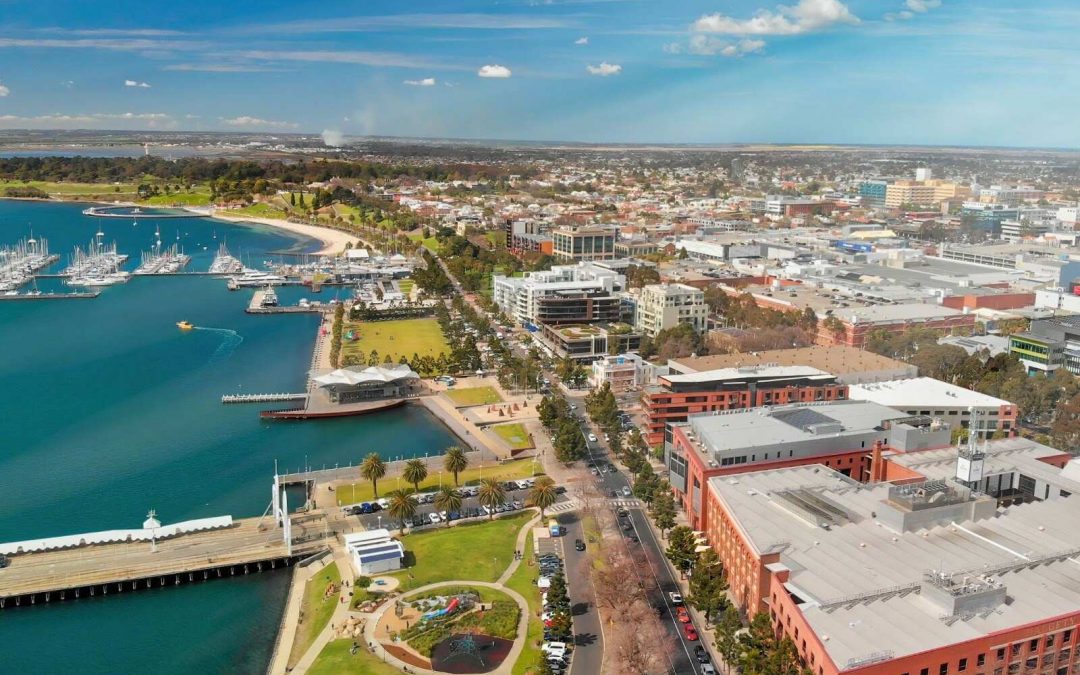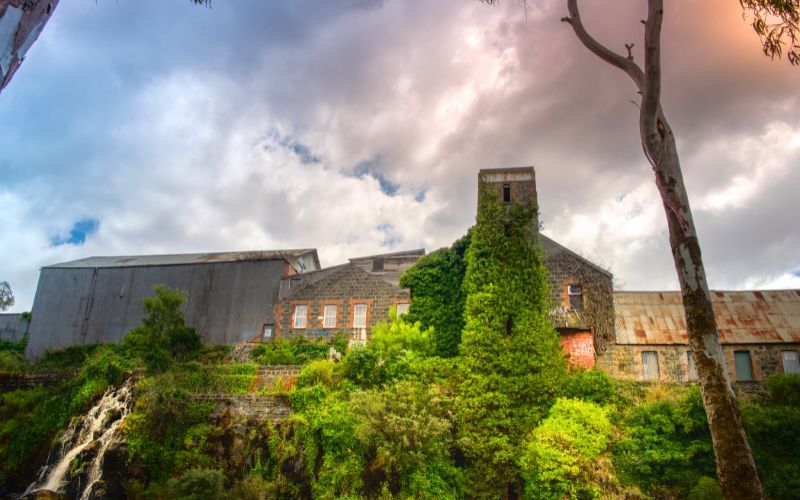In architecture, designs are more than just structures; they are expressions of creativity, functionality, and aesthetic beauty. They are the embodiments of architects’ ideas, visions, and philosophy. Geelong architects, among others, know the importance of translating their architectural masterpieces into compelling visual representations. This is where the fascinating world of architectural photography enters the scene, offering a lens to showcase and immortalise the essence of design.
The Aesthetics of Architectural Photography
Architectural photography is about more than taking pictures of buildings. It involves understanding the aesthetics, composition, and significance of architectural designs. Consider the following elements when capturing the essence of design in photographs:
Visual composition: Pay attention to symmetry, balance, lines, and geometric patterns. Compose shots using the rule of thirds, framing the architectural subjects in ways that enhance their visual appeal.
Understanding the architectural style: Architects pour their creativity into various types, from classical to contemporary. Identify key design elements that define the architectural style you photograph, and highlight these features.
Contextualising the architecture: Architecture doesn’t exist in a vacuum; it’s part of a broader environment. Include surroundings in your shots to provide context and emphasise the relationship between the architecture and its setting.
Technical Aspects of Architectural Photography
In architectural photography, high-quality images require technical mastery. Consider these tips: Equipment, camera settings, and post-processing techniques are all vital components. Equally important is expert advice on home building contracts, which often highlights the importance of having clear visuals to accompany textual descriptions.
Equipment: Use a full-frame camera for better quality and dynamic range. Wide-angle lenses capture more of the scene, while tilt-shift lenses correct perspective distortion. A sturdy tripod and polarising filters are also essential.
Camera settings and techniques: Control aperture, shutter speed, and ISO for optimal exposure. Correct perspective and distortion issues in-camera, and use bracketing and HDR for challenging lighting conditions.
Post-processing: Enhance photos with colour correction, contrast adjustments, and retouching. Use software to correct perspective and remove unwanted elements.
Creative Approaches to Architectural Photography
Once you’ve mastered the technical aspects, explore the creative side of architectural photography:
Experiment with angles: Go beyond eye-level shots. Explore low-angle views to emphasise height or use drones for aerial perspectives.
Play with light: Natural light during the golden or blue hour can transform a scene. Experiment with night and long-exposure photography, or use artificial lighting for creative effects.
Abstract architectural photography: Focus on details, textures, and patterns to create abstract compositions. Play with reflections and mirrored surfaces for unique effects.
Impact of Architectural Photography on Society
Architectural photography has evolved into a powerful form of visual storytelling. It is a historical documentation of architectural developments, fostering an appreciation for architectural heritage. The images can evoke emotions, convey narratives, and inspire viewers to see the world in new ways.
Architectural photography has commercial applications, including real estate, travel, and advertising. Photographers can showcase innovative and sustainable architectural practices by capturing the essence of design. In today’s digital age, social media and online platforms are pivotal in sharing architectural photography and connecting photographers and architects for collaboration.
As we delve into the world of architectural photography, understanding architectural design psychology becomes essential. It provides insights into how space, form, and aesthetics affect human behaviour and emotions. It adds depth to the visual narrative, enriching the impact of architectural photography on viewers.
Conclusion
Architectural photography is more than a technical craft; it is an art form that captures the essence of design, telling stories of architectural marvels that shape our world. Photographers can transform buildings into visual poetry by mastering aesthetics, technical skills, and creative approaches. Explore, experiment, and push the boundaries of architectural photography. Embrace the beauty of architectural design psychology and use it as a powerful tool to enhance your visual storytelling.
If you’re interested in exploring architectural designs that harmonise with the natural environment, Bishop Architects offers designs that capture the essence of beauty and functionality. Whether you’re an architect, photographer, or simply someone who appreciates great design, let’s work together to create stunning spaces that stand the test of time. Explore our offerings today.



